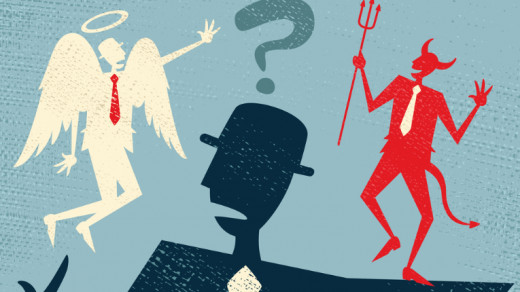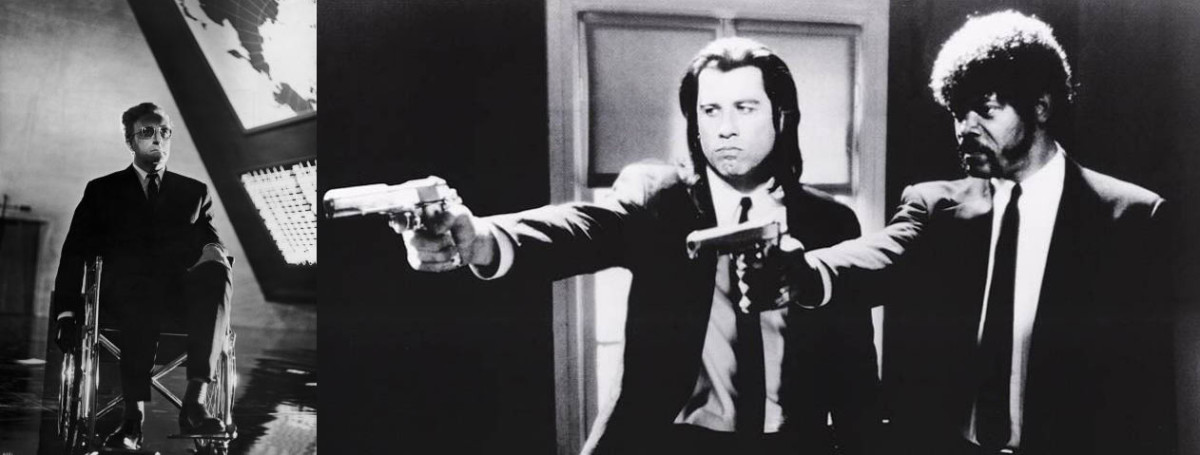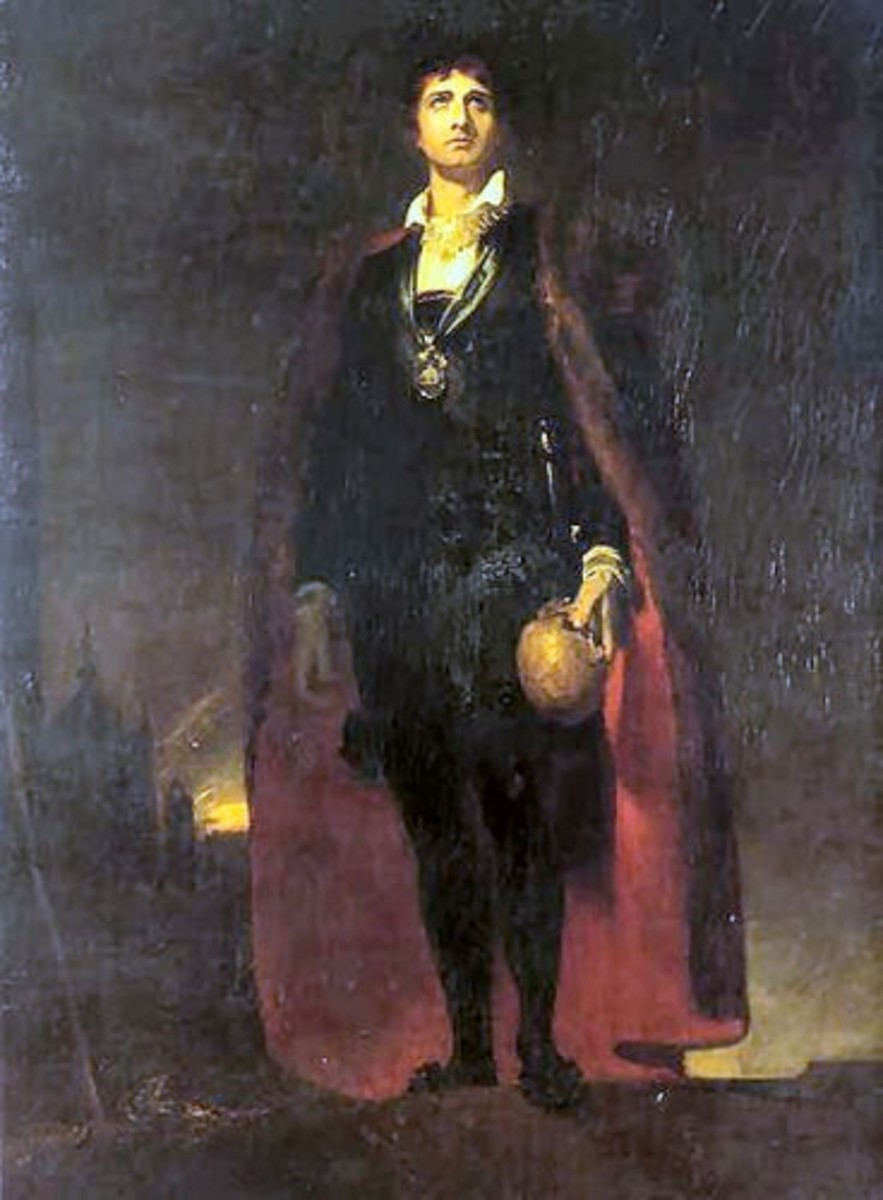Ax Them Off: Dostoevsky’s Tips On How To Deal With Annoying Neighbors


So where are you going on vacation this summer? Hey, how about Russia? Between experiencing the testicle-numbing cold and bearded mobsters, hiking down to the land of vodka and getting plastered in a snowdrift is always a surefire way to enjoy these hazy, lazy days of summertime.
In fact, Dostoevsky (you may have heard of him; he’s actually the one who invented the Coke machine) considered it the hot place to make stupid decisions of mind-boggling proportions (kinda like Spring Break). Just ask his bitch, Raskolnikov, who seems to not only be gripped with his fair share of moral dilemmas, but who is also struggling with a century bug fetish. Hey, whatever floats your boat. I’m nothing if not tolerant.
Yes indeedy; Fyodor has graciously paid homage to my humble blogger name by adorning his masterpiece, Crime and Punishment, with figurative creepy crawlies of all kinds. Parasites drop from every word, wriggling their way into similes, metaphors, and major themes.
Why? Simply to let us know that we should never bury axes into the skulls of old ladies. It’ll really bite us in the ass later on. I mean, think of the mess. Your mother has to clean that up.
I am Justice. I am...BATMAN!
Fyodor’s repeated allusions to lice, spiders, and blood-draining all address the idea of what justice truly is versus what humanity merely conceives it to be. Morality is the great equalizer; its decrees are binding not to a chosen few, but to all, and no individual has the right to ruthlessly stomp on truth in the name of a supposedly greater good.
Unless that greater good involves “accidentally” running over with a bus someone who says they prefer Quinto’s portrayal of Spock to Nimoy’s. But that’s a very rare exception.


Want a side of homicide with that?
The story starts with a man named Raskolnikov (who excels even Anakin Skywalker in terms of whininess), the “hero” of the story. He chooses to commit murder, believing that he possesses the capacity to crush the voice of a conscience ‘indoctrinated’ with what he considers to be an inferior form of morality. But—MIND BLOWN—he gradually discovers that moral justice cannot simply be rearranged to the liking of human intellect.
Sucks to suck, Razzy baby.
Before he commits the actual murder, he overhears a student and an officer discussing the sour character of Alyona Ivanovna, Raskolnikov’s eventual victim, while he is lingering in a restaurant. This friendly chat plants the seed of murder in his brain.
The student claims that killing an old woman who is miserly and uncharitable could hardly be a serious crime because her nonexistence would grieve no one; in fact, her death would benefit many other lives: “ ‘ […] wouldn’t one petty little crime like that be atoned for by […] thousands of good deeds?’ ” (80)
The officer then asks the student if he means to kill the old woman himself, to which the young man hastily declares: “ ‘Of course not! I merely thought it would be her just deserts.’ ” His friend responds dismissively: “ ‘Well, the way I see it is there are no just deserts in it at all unless you’re prepared to do it yourself’ ” (81).
Though you and I can understand the initial horror that this chat may elicit from those who have yet to concede to its truth, when you get down to it, this conversation shouldn’t be that shocking. I mean, this is a talk we’ve all had with our friends on a rainy Saturday as we sit around polishing our Rugers and smoking bad cigarettes.
But it certainly has an effect on our greasy, hypochondriac hero. He leaves that bar determined to turn Alyona into worm food.


Hey! You stepped on my metaphor!
Raskolnikov’s decision to kill the old woman is rooted in his conviction that once he does so, he can establish himself as some kind of moral superhero. (Oh, well, let’s all gaze up in slobbering awe at mister BIG SHOT, folks.) Standard morality is followed, so he believes, by the ‘lower’ class of men, the individuals who do not dare to be criminals in the name of an unconventional idea and whose entire function consists in procreating and preserving the human race (309-310).
It is men such as these that Raskolnikov contemptuously refers to as ‘lice’: “ ‘ My killing a loathsome, harmful louse, a filthy old moneylender woman who brought no good to anyone […] who sucked the lifeblood of the poor, and you call that a crime?’ ” (617)
However, the very fact that Raskolnikov suffers so intensely for killing a mere ‘louse’ simply shows that he is not elevated above such people at all—a fact that becomes increasingly obvious to him as the story progresses: “‘I’m a louse […] because I myself am possibly even more loathsome and disgusting than a squashed louse, and knew in advance that I’d tell myself this only after I’d squashed it!’” (327)
‘Louse’ morphs into more than a mere slur on the old woman’s character; it becomes a symbol of human unity. All men are ‘louse’ in the sense that they are bound by their very nature to submit to certain objectively defined moral laws. To break those decrees is to attempt the impossible: to break away from one’s very essence.


Next step: becoming an inmate’s boy-toy
Raskolnikov seeks to become his own righteousness, and the internal severance that results from this act of rebellion is catastrophic. Rather than becoming spiritually superior, he instead becomes a spiritual parasite—a fact that he bitterly concedes to: “‘I’d become […] like a spider, drawing people into my web and sucking the vital juices from them” (500).
Let’s all just take a moment to appreciate this cool imagery.
…..
I’ll wait.
Eventually, Razzy can’t handle the flames of morality licking his ass, so he jumps into the cooling arms of justice and confesses to the crime at the end of the book. So that’s where his grand quest for ethical superiority ends: in prison, where h’s fondled in countless ways by a big, scary, transvestite convicted of arson.
Okay, that’s never actually established. But don’t tell me it isn’t likely.
Basically, the means by which Raskolnikov attempts to achieve moral superiority instead becomes the cause of his mental deterioration, social alienation, and moral agony, enabling him to realize that the blow of judgment is not his to wield.
That privilege belongs to Nimoy fans alone.


50 Shades of NO
Raskolnikov is essentially seeking to redefine that which is in reality unchangeable, and the bug imagery serves to contribute to this theme by invoking eerie images of exhaustion, spiritual darkness, and despair (much like my reaction when I found out Fifty Shades of Grey was classified as a love story).
Though Raskolnikov tries to escape concrete morality by committing a universally condemned deed, he finds that he cannot silence the screams of an agonized conscience, nor can he escape the irrevocable bond that exists between mankind and Ultimate Truth.
The crime that he uses to claim a right that is not his own does not bring about the effect he desires, but instead shatters his soul, thus manifesting an interesting paradox: that one cannot violate justice in order to ultimately achieve it.








